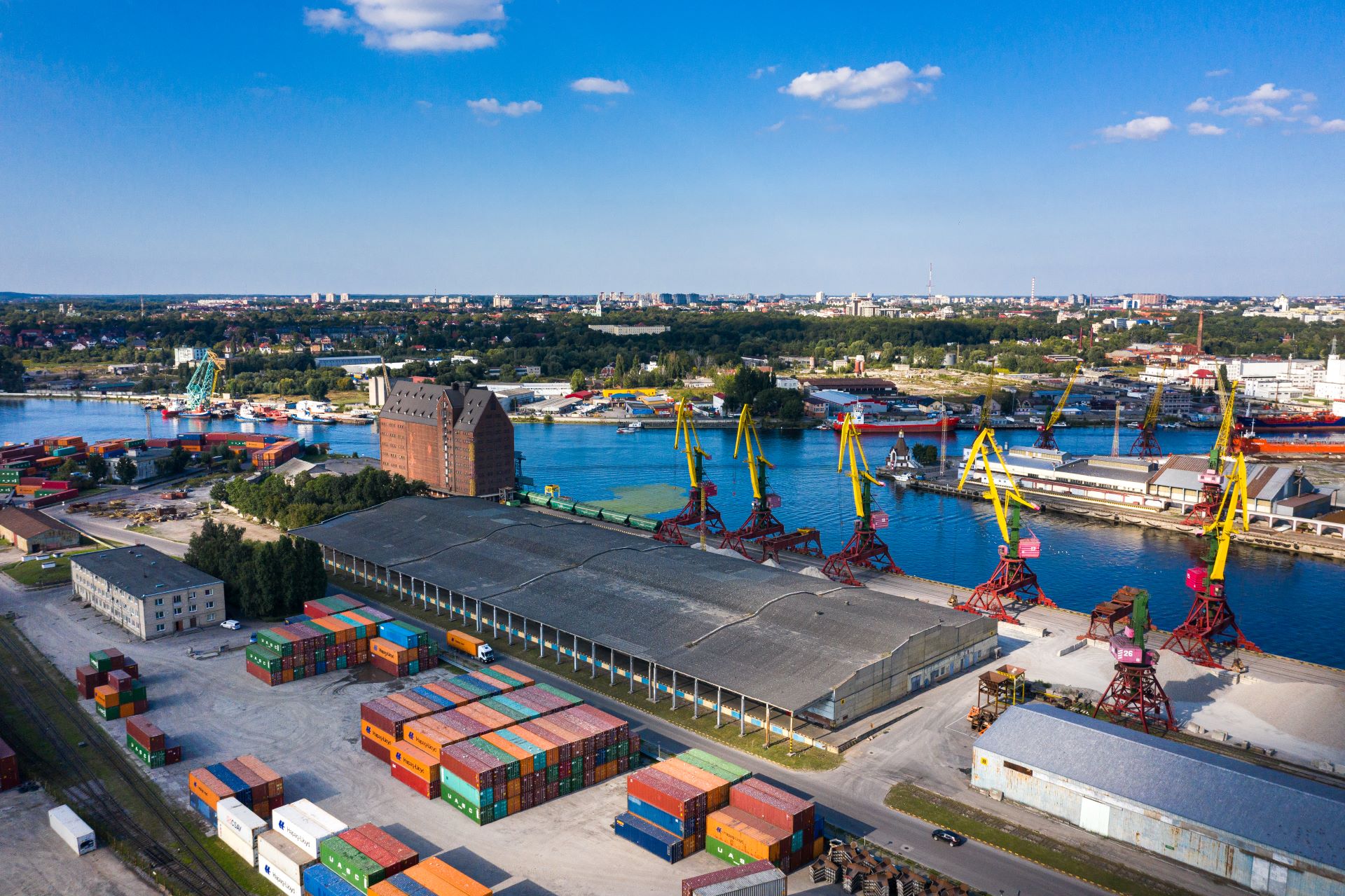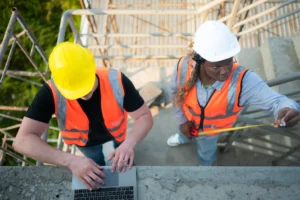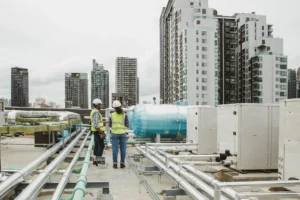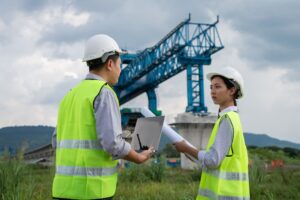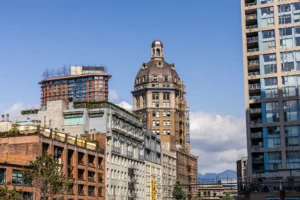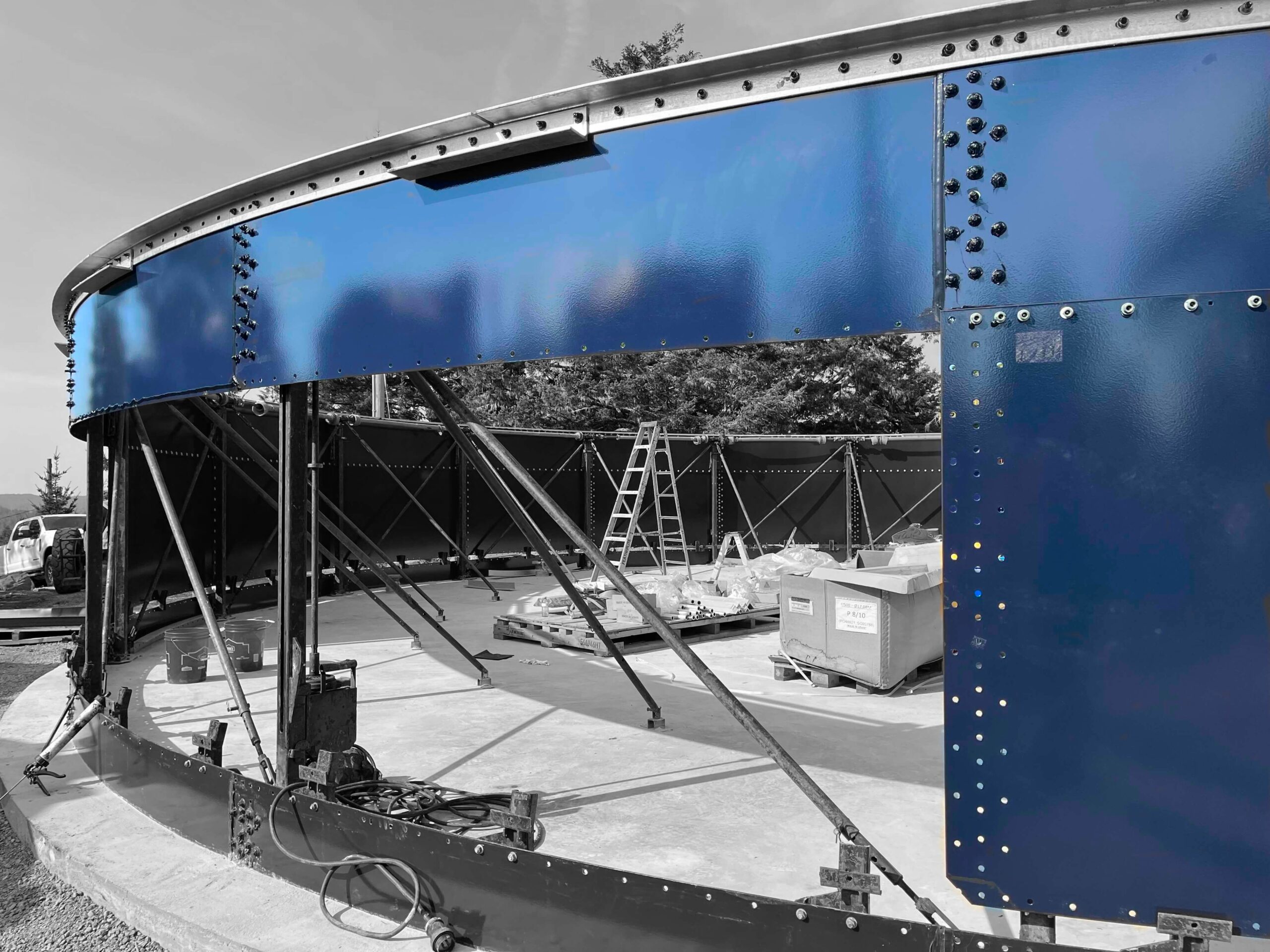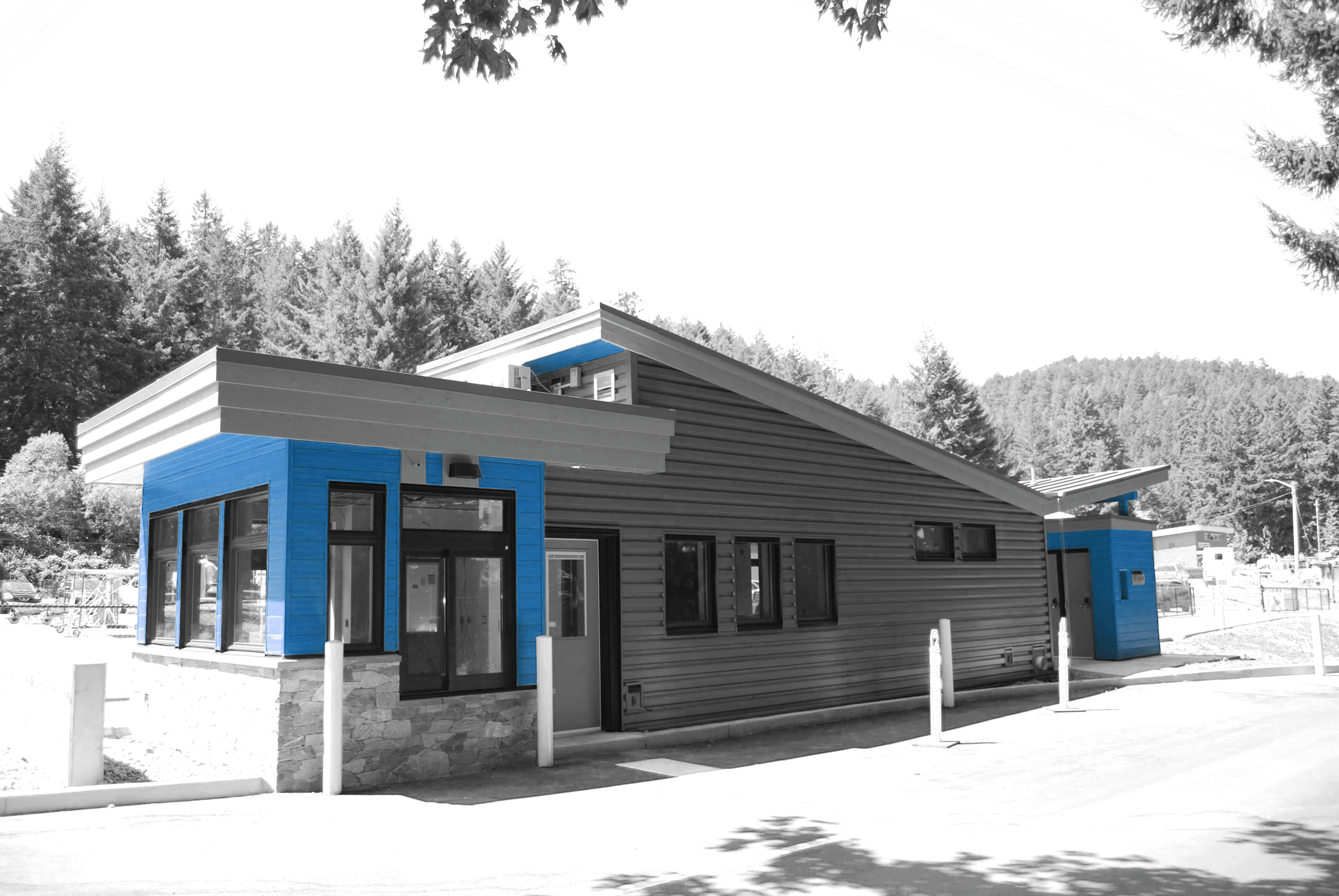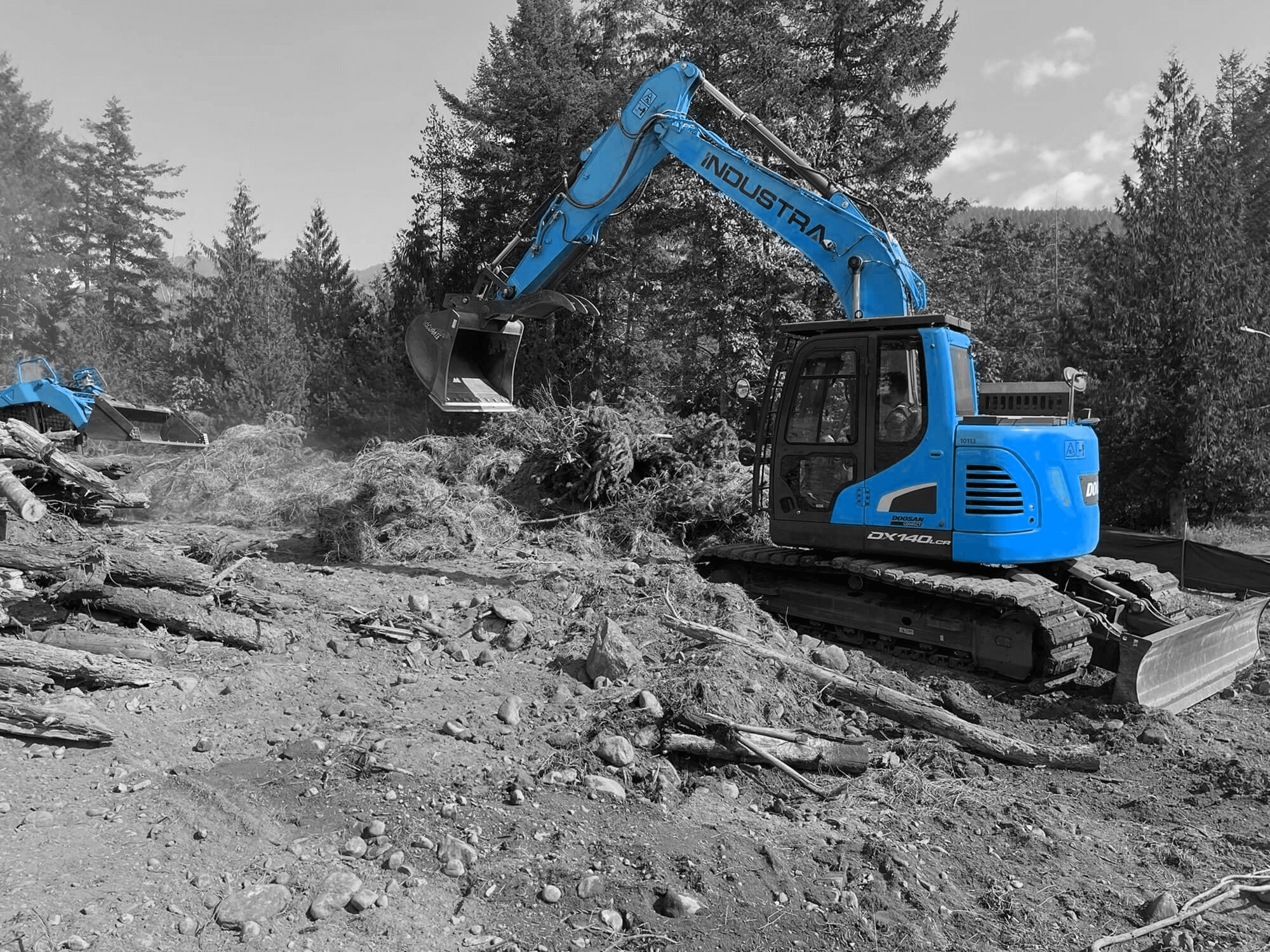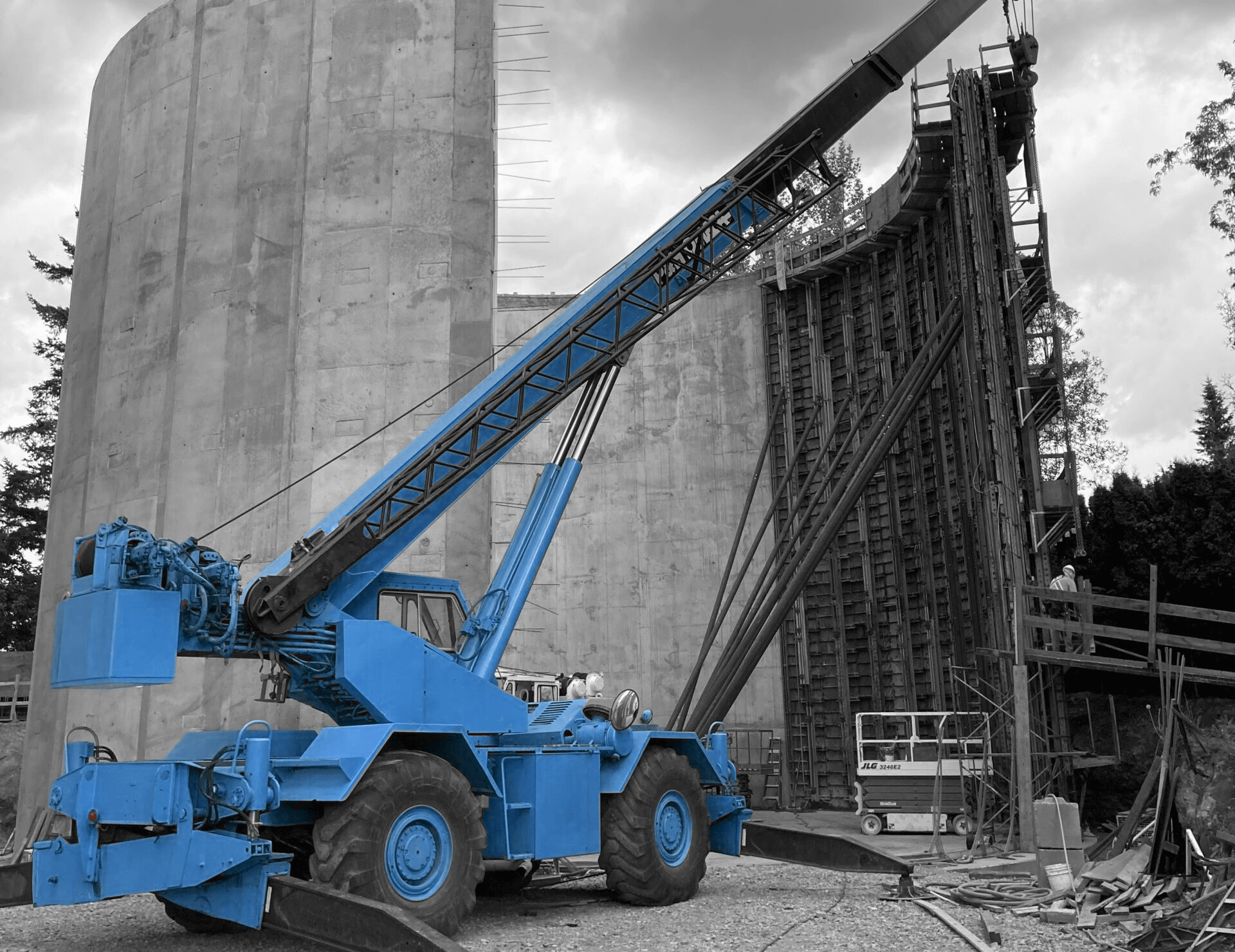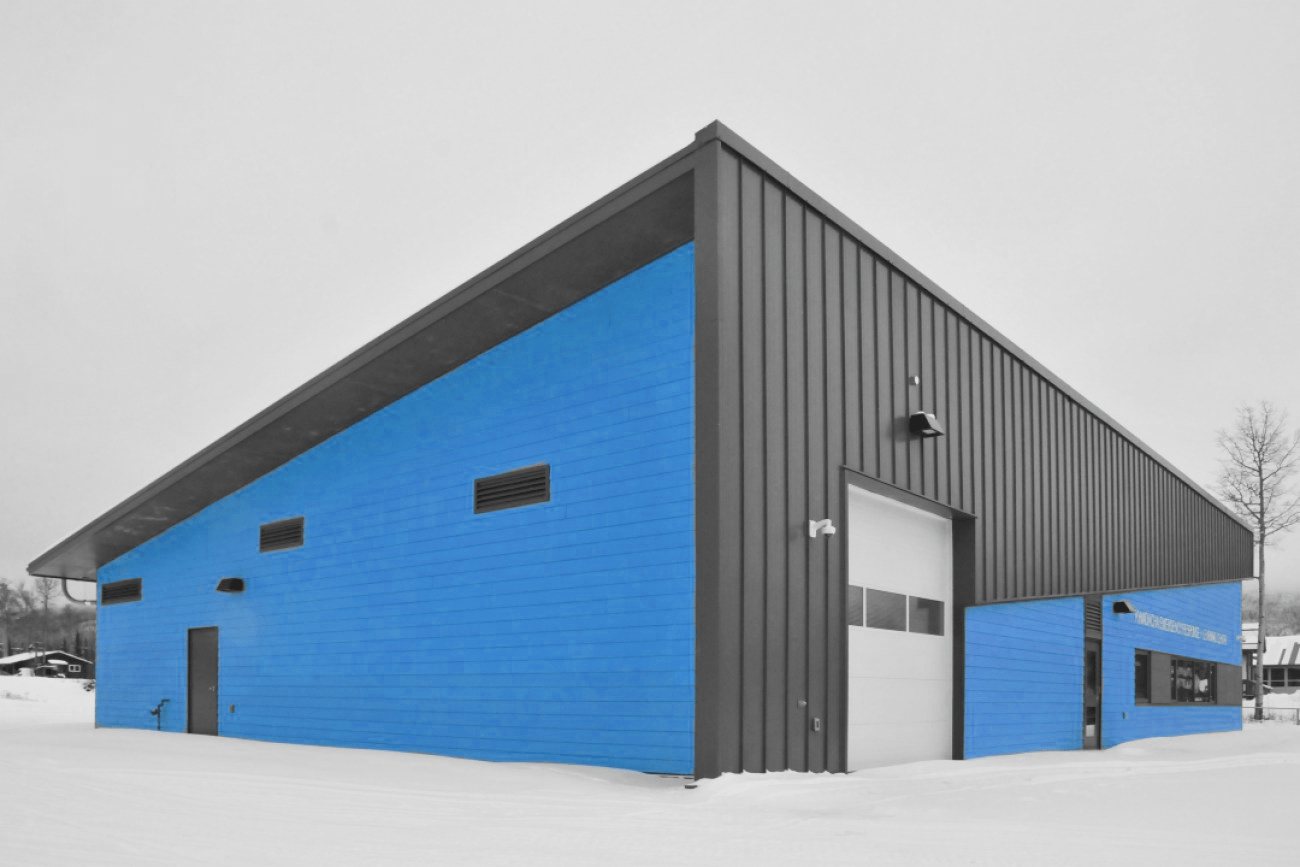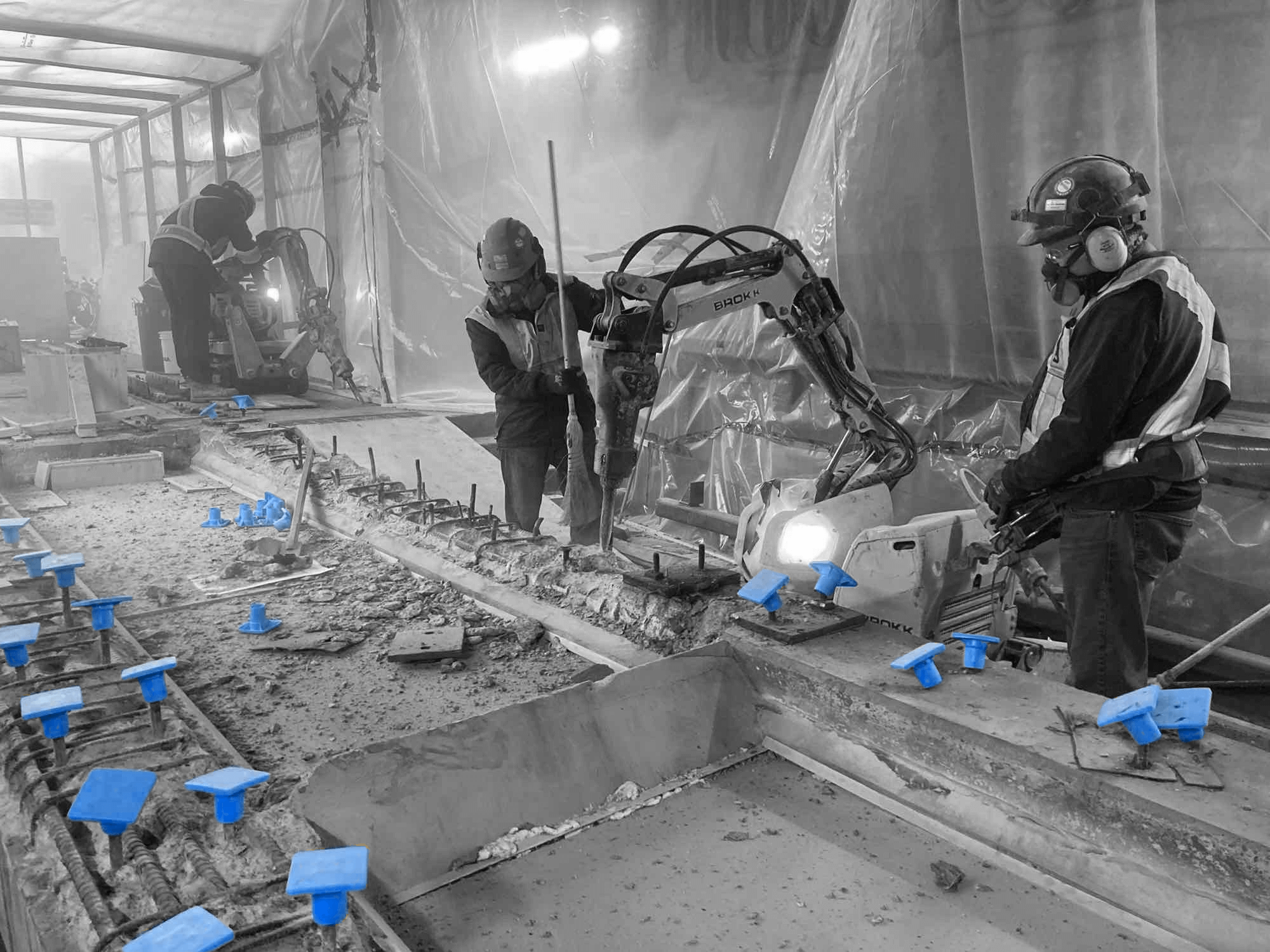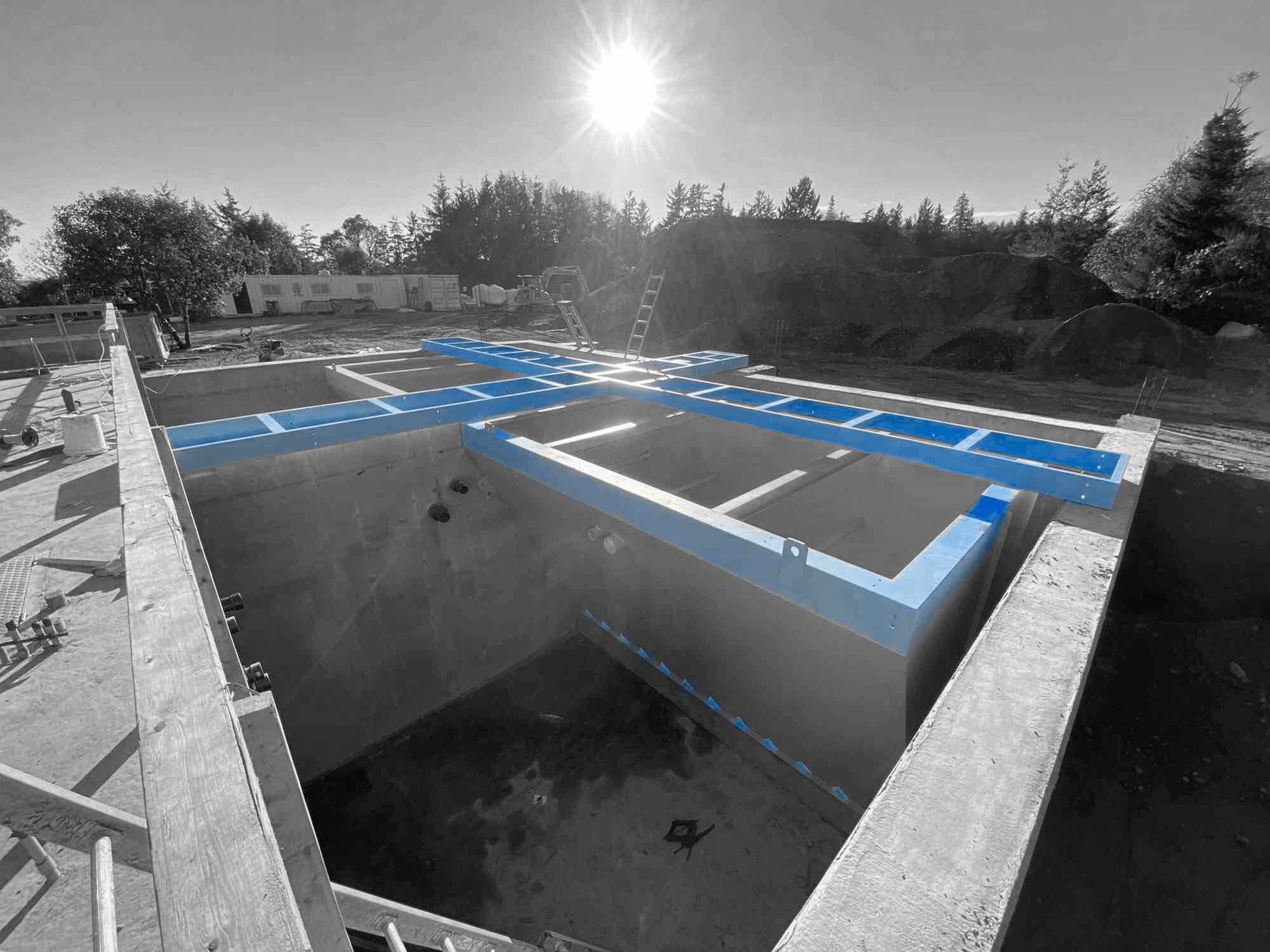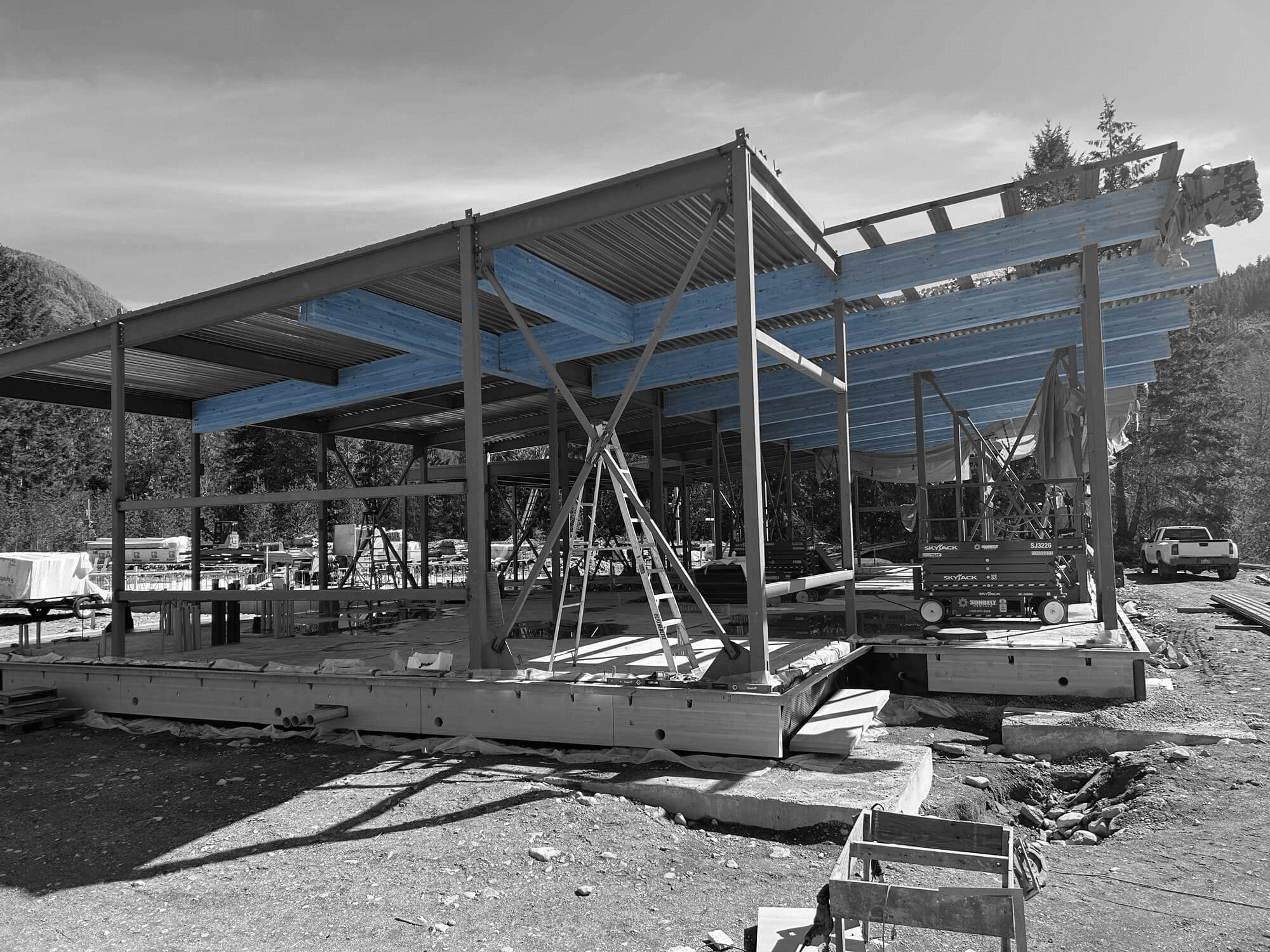Marine construction for industrial ports involves complex processes that require specialized skills and advanced techniques. These projects are crucial for supporting global trade, providing infrastructure for shipping, and ensuring the safe handling of goods and materials. Proper planning and execution are essential to ensure the durability and reliability of port facilities. This includes everything from the construction of docks and wharfs to underwater pipelines and breakwaters.
The unique challenges of marine construction mean that each project must address specific environmental and logistical factors. For instance, the impact on marine life and the stability of underwater structures are important considerations. Additionally, the harsh marine environment necessitates the use of robust materials and construction methods that can withstand corrosion and other damage.
At Industra Construction Corp., we understand the intricacies involved in marine construction. Our expertise in EPC design-build, civil construction, and general contracting equips us to handle these complex projects with precision and efficiency. With a focus on safety, quality, and sustainability, we aim to deliver port facilities that meet the highest standards and serve the needs of the industrial sector effectively. In this article, we will explore the innovative techniques, key considerations, and benefits of professional marine construction services for industrial ports.
Overview of Marine Construction Techniques
Marine construction techniques are essential for building and maintaining industrial ports. These techniques include various methods and approaches to dealing with the challenges posed by water environments. Some of the most common methods used are dredging, pile driving, and caisson construction.
Dredging involves the removal of underwater sediments to create a clearer, deeper pathway for ships. This is important for maintaining navigable waterways and ensuring that vessels can dock safely without running aground. Pile driving is another crucial technique where long, sturdy columns (or piles) are driven deep into the seabed. These piles provide support for structures like piers and docks that extend over the water. Caisson construction involves creating large, watertight structures that can be lowered into place and filled with concrete to form sturdy foundations.
Each technique requires careful planning and execution to ensure the stability and longevity of the port infrastructure. Moreover, specialised equipment and skilled labour are indispensable in carrying out these complex tasks efficiently and safely.
Key Considerations for Industrial Port Projects
When undertaking industrial port projects, several key considerations must be addressed to ensure successful outcomes. These considerations revolve around environmental impact, logistical challenges, and regulatory compliance.
The environmental impact is a significant consideration. Marine construction can disrupt local ecosystems, affect marine life, and alter coastal landscapes. Therefore, it is crucial to conduct thorough environmental assessments and implement measures to minimise negative impacts. Using eco-friendly materials and techniques can help in preserving the natural habitat.
Logistical challenges include the transportation and installation of large construction materials and equipment. These challenges require precise coordination and scheduling to avoid disruptions and delays. Accessibility to the construction site and the condition of existing port facilities must also be evaluated to facilitate smooth operations.
Regulatory compliance is another critical factor. Maritime construction is subject to stringent regulations and standards to ensure safety and environmental protection. Compliance with local, national, and international regulations is essential to avoid legal issues and ensure that the project meets all required standards.
Considering these factors helps in planning and executing industrial port projects efficiently, ensuring they are completed on time, within budget, and with minimal environmental impact.
Innovative Technologies in Marine Construction
Innovative technologies are transforming marine construction, making projects more efficient, economical, and environmentally friendly. One of the most significant advancements is the use of geospatial technology. This includes GPS, GIS, and remote sensing, which allows us to gather precise data on site conditions. This information helps in planning and executing construction activities with higher accuracy, reducing the margin for error.
Another breakthrough is the use of underwater drones and robots. These devices can conduct detailed inspections, perform maintenance, and even assist with construction tasks. They can reach areas that are difficult or dangerous for human divers, enhancing safety and efficiency. Additionally, the use of hydrographic surveys and 3D modelling enables us to create accurate representations of underwater terrains. These tools allow for better visualisation and planning, ensuring that infrastructure is built on solid ground and avoiding potential issues down the line.
Innovations like these contribute to more streamlined and effective marine construction processes, resulting in high-quality outcomes that stand the test of time. They also help in minimising environmental impact by allowing for more precise construction methods.
Advantages of Professional Marine Construction Services
Professional marine construction services offer numerous advantages when it comes to building and maintaining industrial ports. One of the primary benefits is the expertise and experience that professional contractors bring to the table. We have a deep understanding of the complexities involved in marine construction and are skilled in using advanced techniques and technologies to achieve the best results.
Another significant advantage is project efficiency. Professional contractors can manage all aspects of the project, from initial planning to final execution. This includes coordinating with various stakeholders, sourcing materials, and ensuring compliance with regulations. Our project management skills help in keeping timelines on track and budgets under control, reducing the risk of delays and cost overruns.
Safety is also a major focus area. Marine construction can be hazardous, involving work in challenging environments. Professional services adhere to stringent safety standards and employ best practices to protect workers and the environment. This ensures peace of mind, knowing that the project will be completed without compromising safety or quality.
Conclusion
Marine construction techniques are essential for developing robust and efficient industrial ports. Understanding the various methods, key considerations, and innovative technologies can significantly impact the success of these projects. The complexities involved in marine construction demand professional expertise, and the advantages of hiring skilled contractors are clear. From cost and time efficiency to high safety standards and quality outcomes, professional marine construction services deliver unparalleled benefits.
At Industra Construction Corp., we pride ourselves on our expertise and commitment to excellence in marine construction. Our team is dedicated to delivering projects that meet and exceed expectations. Contact Industra Construction Corp. today to learn how we can support your marine construction needs and help you achieve your industrial port development goals.


